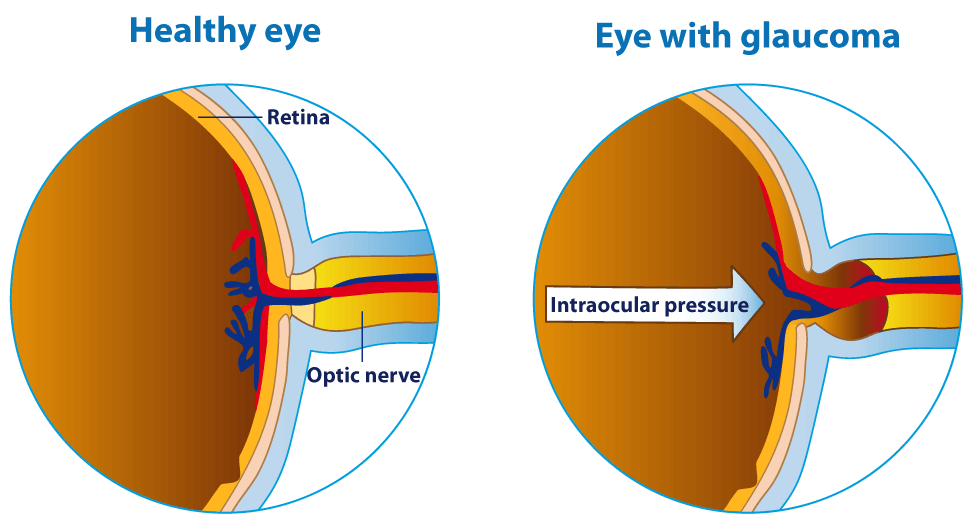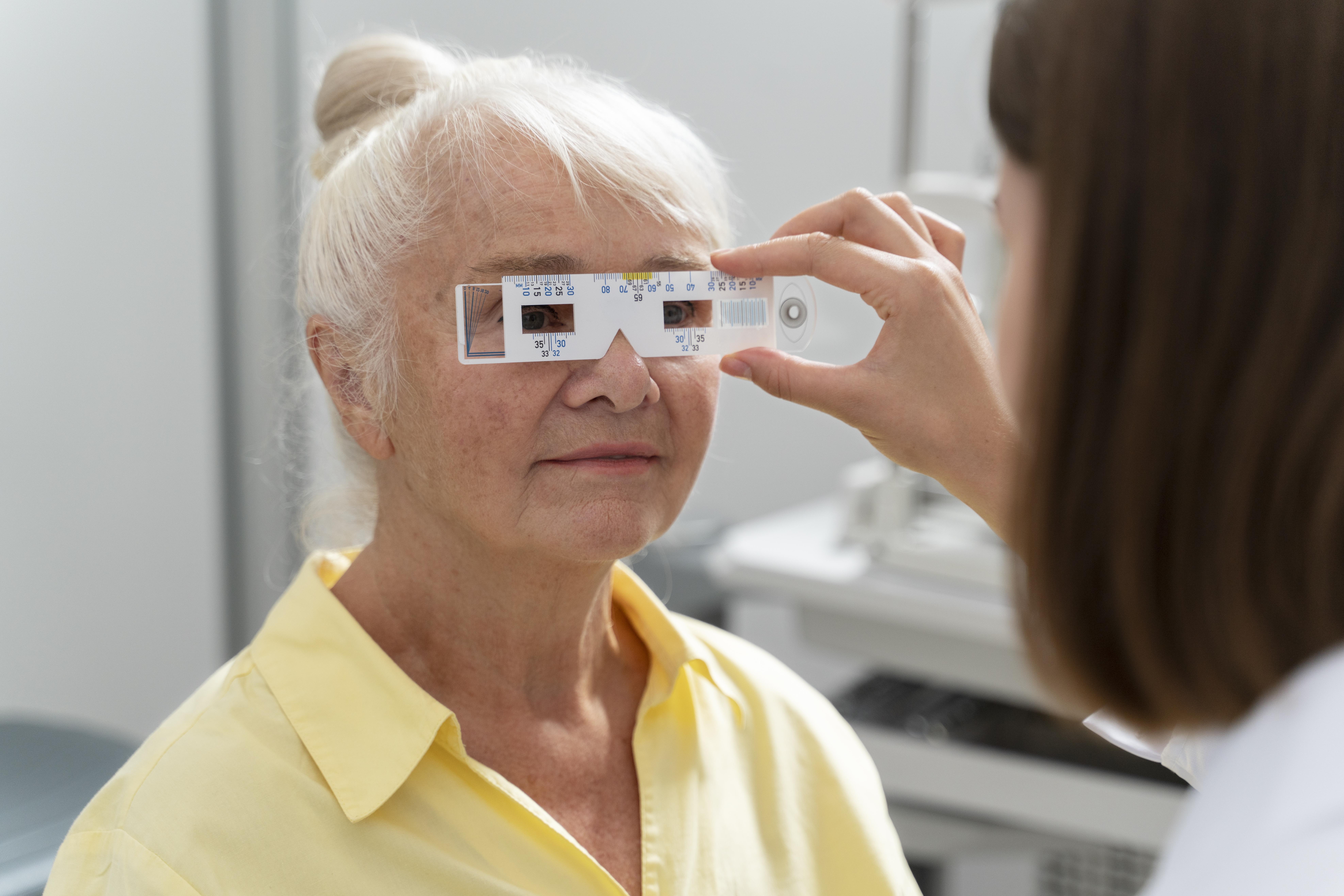Advanced Refractive Surgeries in AL: Crystal Clear Vision Without Glasses
Advanced Refractive Surgeries in AL: Crystal Clear Vision Without Glasses
Blog Article
Comprehending the Different Vision Adjustment Procedures Available for Clearer View
In the realm of vision modification procedures, a wide variety of alternatives exist to resolve refractive errors and supply individuals with more clear sight. From the extensively identified LASIK surgery to less invasive procedures like PRK and implantable lenses, the field of ophthalmology provides a variety of techniques customized to fit different requirements and preferences. Each procedure features its own set of factors to consider, benefits, and possible dangers. Comprehending the nuances of these vision adjustment methods is essential for making notified choices about one's aesthetic wellness. Let's discover the ins and outs of these procedures and clarified the path to attaining enhanced vision clarity.
LASIK Surgical Treatment
LASIK surgery is a common refractive treatment used to correct vision issues such as farsightedness, nearsightedness, and astigmatism - eyecare near me. This surgical method, which means Laser-Assisted sitting Keratomileusis, aims to improve the cornea to boost just how light is concentrated on the retina, eventually boosting vision clarity. During the treatment, a thin flap is developed on the cornea, and a laser is used to remove specific quantities of tissue to reshape it properly. This reshaping permits light to be accurately concentrated onto the retina, remedying refractive mistakes.
One of the key advantages of LASIK surgical procedure is the fast renovation in vision experienced by patients. Overall, LASIK surgical procedure is a popular choice for individuals looking for a long-term option for their vision issues.
PRK Procedure
While likewise a typical refractive treatment, the PRK (Photorefractive Keratectomy) method differs from LASIK surgical treatment in its technique to correcting vision troubles. In PRK, as opposed to producing a flap on the cornea, the outer layer of the cornea, called the epithelium, is entirely gotten rid of. This enables the laser to reshape the cornea to fix refractive errors such as farsightedness, nearsightedness, and astigmatism directly externally.

Regardless of the longer healing time, PRK can produce excellent results in vision enhancement, making it an important option for those that might not appropriate prospects for LASIK surgical treatment.
Implantable Lenses
In comparison to PRK where the cornea is improved directly, implantable lenses offer an additional approach for correcting vision by inserting artificial lenses inside the eye. This treatment is especially helpful for people with high levels of nearsightedness, astigmatism, or farsightedness that may not appropriate prospects for laser surgeries like LASIK or PRK.
Implantable lenses, additionally called phakic intraocular lenses, work by supplementing website here the eye's all-natural lens with a synthetic one. glaucoma service near me. These lenses can be put in front of the all-natural lens (anterior chamber) or behind the iris and in front of the natural lens (posterior chamber) By readjusting the power and positioning of these lenses, ophthalmologists can successfully deal with refractive mistakes and improve visual acuity
One benefit of implantable lenses is that they are removable and exchangeable, providing flexibility for future modifications. As with any medical procedure, there are risks involved, such as infection or cataract development. Individuals considering implantable lenses need to speak with an eye care expert to establish one of the most suitable option based upon their private requirements and eye wellness.
Corneal Rings
Corneal rings, additionally called intracorneal ring sectors, are tiny, transparent devices inserted right into the cornea to correct vision distortions such as keratoconus. Keratoconus is a condition where the cornea thins and bulges outside, causing vision to come to be altered. The insertion of corneal rings helps to squash the cornea, boosting aesthetic skill and decreasing the irregular astigmatism triggered by keratoconus.
The treatment for placing corneal rings is relatively fast and minimally intrusive, commonly performed as an outpatient treatment. Throughout the surgical procedure, the ophthalmologist makes a tiny laceration in the cornea and inserts the rings at a certain depth. Once in location, the rings assist to improve the cornea, offering a smoother surface area for light to enter the eye, which can lead to more clear vision.
Corneal rings are taken into consideration a reversible treatment, as they can be removed or changed if essential. glaucoma service near me. While they might not entirely get rid of the need for glasses or contact lenses, corneal rings can considerably enhance vision high quality and general visual convenience for individuals with keratoconus or other corneal abnormalities
Refractive Lens Exchange
Complying with the adjustment of corneal abnormalities with treatments like corneal rings, one more vision modification strategy that can resolve refractive mistakes my company is Refractive Lens Exchange (RLE) RLE is a medical treatment that entails changing the eye's natural lens with a synthetic intraocular lens (IOL) to remedy refractive errors such as nearsightedness, presbyopia, and farsightedness. This procedure is particularly valuable for individuals that may not be appropriate candidates for treatments like LASIK or PRK because of elements such as thin corneas or high refractive mistakes.

Final Thought
In conclusion, there are numerous vision modification procedures offered to assist people attain clearer view. LASIK surgery, PRK treatment, implantable lenses, corneal rings, and refractive lens exchange are all options that can deal with different vision concerns. It is necessary for individuals to talk to their eye treatment provider to establish the most ideal procedure based on their specific requirements and choices. With developments in modern technology, achieving improved vision is now extra available than ever.
In the realm of vision adjustment treatments, a plethora of alternatives exist to deal with refractive errors and supply individuals with clearer view.LASIK surgical procedure is a typical refractive treatment utilized to fix vision problems such as astigmatism, farsightedness, and nearsightedness.While also an usual refractive treatment, the PRK (Photorefractive Keratectomy) technique varies from LASIK surgical treatment in its strategy to remedying vision issues.Following the modification of corneal abnormalities with procedures like corneal rings, an additional vision modification technique that can address refractive mistakes is Refractive Lens Exchange (RLE) LASIK surgery, PRK treatment, implantable lenses, corneal rings, and refractive lens exchange are all options that can deal with different vision problems.
Report this page